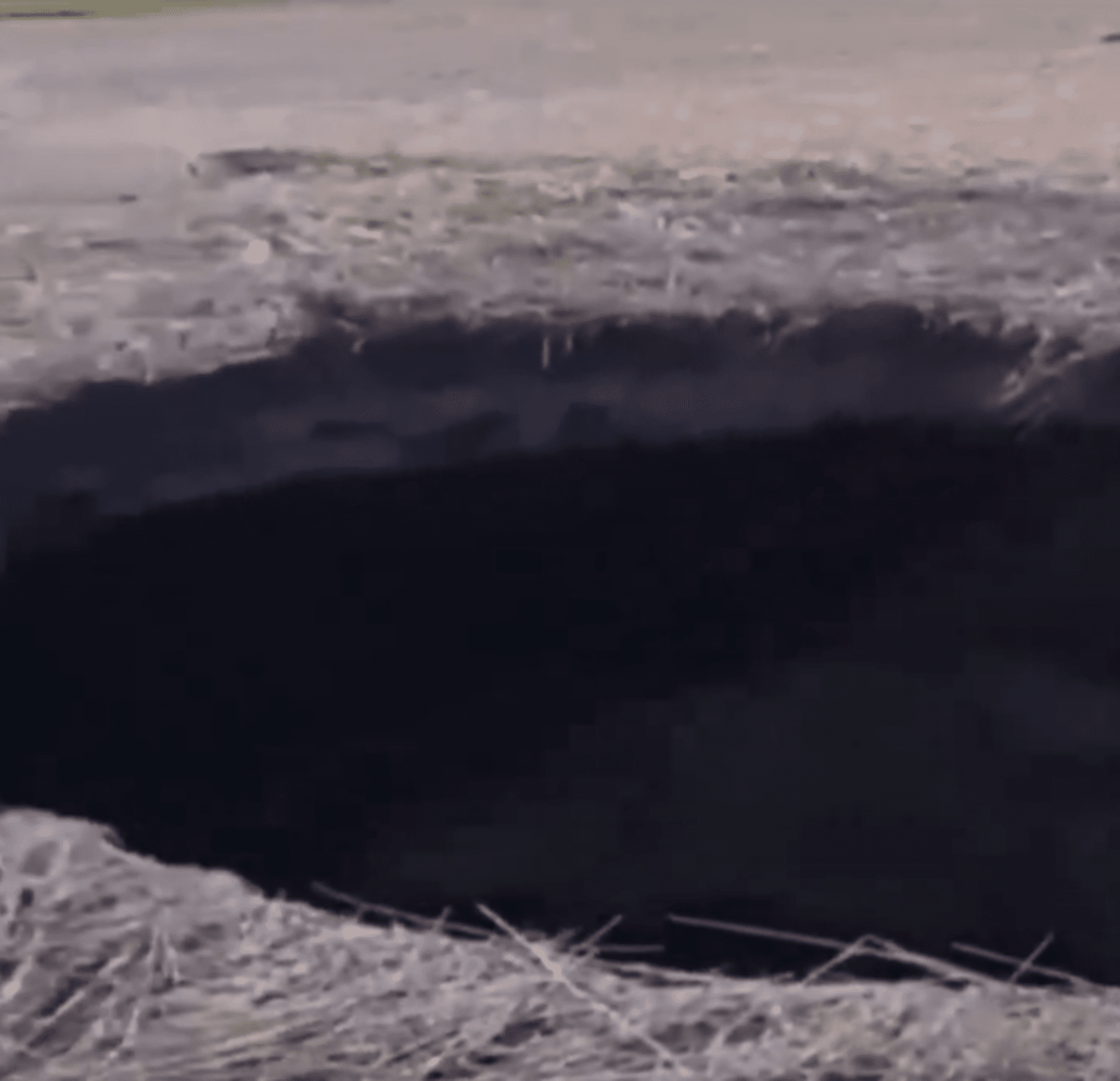
Physicists have determined the source of powerful cosmic phenomena like solar flares: giant sheets of unstable plasma bursting into pieces. By creating a model for tracking the unstable plasma, they've put us one step closer to being able to predict notoriously unpredictable space weather.
Plasma is gas charged with ions and electrons. "Plasma sheets" refer to plasma-dense regions of a celestial body's magnetosphere, according to NASA. They act as currents for electrical energy.
When the plasma sheets burst, they disrupt the surrounding magnetic field lines. These lines are otherwise "trapped in hot, ionized gases," as science magazine Cosmos reported. So as they're broken apart and then reconnected, they release pent-up magnetic energy. Those high-energy reconnections are what set off the cosmic explosions that result in phenomena like solar flares.

Luca Comisso, a physicist at Columbia University and lead author of the new paper, told Newsweek that while scientists had suspected plasma sheets were unstable, no one had ever managed to characterize that instability. Comisso and his team created a set of scaling laws, or parameters that identify properties like size, growth rate and how much time elapses between reconnections. Previous models hadn't taken into account the plasma's instability. A paper describing the research was published in The Astrophysical Journal.
Because plasma's a fairly abstract thing to try to picture, Comisso suggests envisioning it as a fluid. And not just any fluid, but a "perfect" fluid, with no viscosity—meaning it flows smoothly like water, as opposed to something interrupted by resistance, like honey. If you imagine stirring milk into coffee, Comisso said, you can picture the filaments of milk becoming thinner and thinner until the milk is ultimately indistinguishable from the coffee. The plasma Comisso and his colleagues studied is almost perfect in this regard—but not quite.
If you start "stirring" the plasma, Comisso said, it will form thin layers of current. But because it's not completely perfect, meaning there's still a little resistance between the plasma and the surrounding magnetosphere, you can keep stirring and stirring for a long time without the two blending seamlessly, forming exceptionally narrow layers of magnetic reconnection.
"But naturally it breaks after a certain point," Comisso said. "You cannot stir it forever."
When the plasma sheets eventually do break, that's the point at which an explosion of energy is suddenly released and brings on violent cosmic phenomena like solar flares. Finally having a functional theory that identifies when, at what rate and under which conditions those releases occur brings us one closer to being able to predict solar storms.
Space weather, said Comisso, is analogous to Earth weather. It's complex and full of tiny unpredictable details that can throw any prediction off entirely. But building off this research, he estimates we'll be able to predict space weather within a decade.
"If we know how a droplet forms, will that allow you to predict whether you have rain or not?" Comisso said. "That is just knowing the physics of how droplets form, that is not the same as knowing the weather in Los Angeles. So this is only one piece for having a complete prediction."
Uncommon Knowledge
Newsweek is committed to challenging conventional wisdom and finding connections in the search for common ground.
Newsweek is committed to challenging conventional wisdom and finding connections in the search for common ground.
About the writer
Kastalia Medrano is a Manhattan-based journalist whose writing has appeared at outlets like Pacific Standard, VICE, National Geographic, the Paris Review Daily, ... Read more
To read how Newsweek uses AI as a newsroom tool, Click here.








